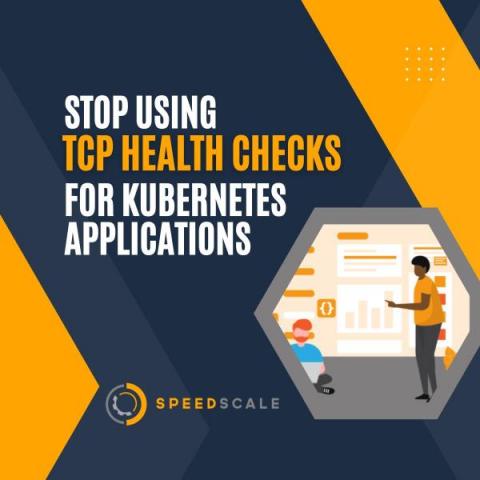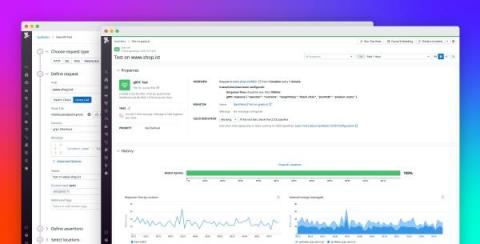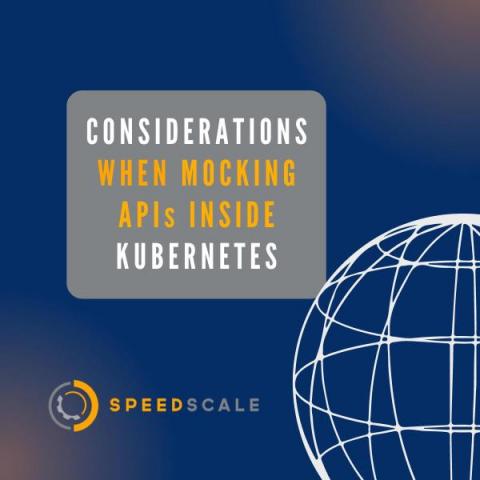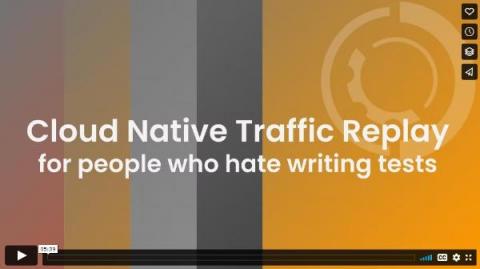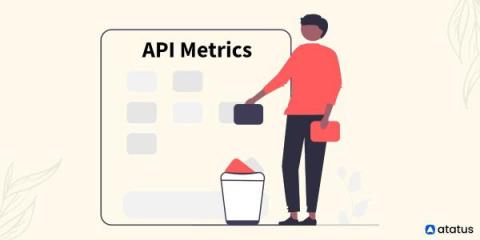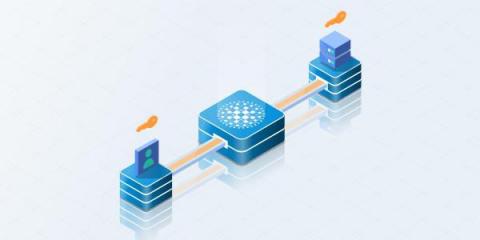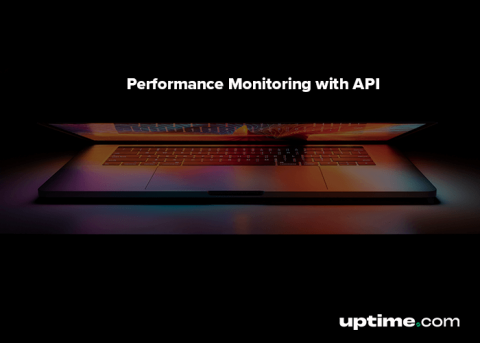Operations | Monitoring | ITSM | DevOps | Cloud
API
The latest News and Information on API Development, Management, Monitoring, and related technologies.
How to always match the correct DOM elements with Playwright's strict mode
Monitor your gRPC APIs with Datadog Synthetic Monitoring
gRPC is an open-source Remote Procedure Call (RPC) framework developed by Google and released in 2016. Although gRPC is still relatively new, large organizations are adopting it in increasing numbers to build APIs that connect complex microservice meshes that use disparate languages and frameworks. gRPC-based APIs can perform requests up to seven times faster than REST APIs and enable customers to easily implement SSL authentication, load balancing, and tracing via plug-in libraries.
Considerations When You Mock APIs Inside of Kubernetes
InfluxDB Python Client Library: A Deep Dive into the WriteAPI
InfluxDB is an open-source time series database. Built to handle enormous volumes of time-stamped data produced from IoT devices to enterprise applications. As data sources for InfluxDB can exist in many different situations and scenarios, providing different ways to get data into InfluxDB is essential. The InfluxDB client libraries are language-specific packages that integrate with the InfluxDB v2 API. These libraries give users a powerful method of sending, querying, and managing InfluxDB.
What's the deal with Playwright's web-first assertions?
Video: Cloud Native Traffic Replay
Top API Metrics for Different Teams That You Should Monitor
Building and utilizing modern applications now essentially requires APIs. They are a crucial component of every company's automated workflow, and as more customers depend on your APIs to power their applications, the demand for them to be trustworthy is growing. Your business will suffer if its performance, availability, or health degrades, thus proactive API monitoring is essential to ensure its dependability. We'll go through the most important API metrics in this article.
Restrict API Access with Client Certificates (mTLS)
An application programming interface (API) provides access to the features of a business application, but with the visual elements stripped away. By using APIs, devices like tablets, self-service kiosks, point-of-sale terminals, and robotic sensors can connect up to apps running on servers in a datacenter or in the cloud. Because they give access to the heart of your business applications, it should come as no surprise that there are some APIs that the general public should not have access to.
Performance Monitoring with API
If you are in a room with 20 engineers and you ask, “explain what an API is to a non-technical person”, you will get 20 different analogies. An API is like the on button to your TV connecting you to a variety of shows and systems, or an API is like a waiter taking your order and serving you from the kitchen. An API is like a library card catalog, or it’s simply a tool that connects you to other tools.


